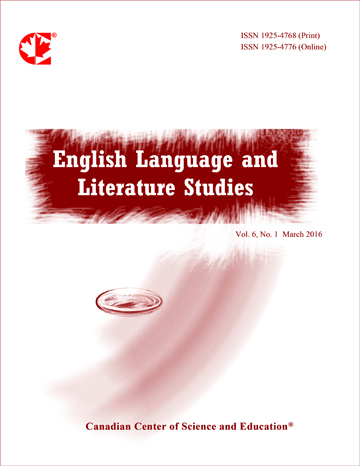Challenges, Attitude, and Motivation of Foreign Students Learning English as a Foreign Language in a Cameroonian University
- Stéphane C. Sokeng Piewo
Abstract
This paper investigates international students’ challenges, attitudes, and motivations toward learning English as a foreign language at a Cameroonian university. Overall, the study aims to understand the experiences of international students learning English in a multilingual Cameroonian higher education context. The focus of the study is twofold. On the one hand, it aims to identify the difficulties international students—who have French and Modern Standard Arabic (Chad), French and Sango (Central African Republic), and French (Gabon, Republic of Congo, and Côte d’Ivoire) as official languages in their countries—face. On the other hand, it explores their attitude and motivation towards English in higher education in Cameroon, where the medium of instruction is French and English. A random sample of 203 students enrolled in the Faculty of Arts, Letters, and Social Sciences (FALSS) at the University of Yaoundé I was used for the study. Data on their challenges were collected using a questionnaire, and an adapted version of Gardner’s Attitude/Motivation Test Battery (AMTB) was used to investigate their attitude and motivation. The findings reveal that the overall attitude of the respondents is neutral, that is, neither strong positive nor strong negative. However, it is positive among Chadian students, who make up 97% of the respondents. Their motivation is slightly more integrative than instrumental. They face many challenges at the level of the structure of the language. These include lack of confidence, fear of speaking, and insufficient use of the language. By examining the challenges, attitudes, and motivations of students from Francophone African countries, the research provides valuable insights into the factors influencing their language learning. The findings can enhance the academic success and integration of these students, thereby contributing to more fair educational practices.
- Full Text:
 PDF
PDF
- DOI:10.5539/ells.v15n2p40
